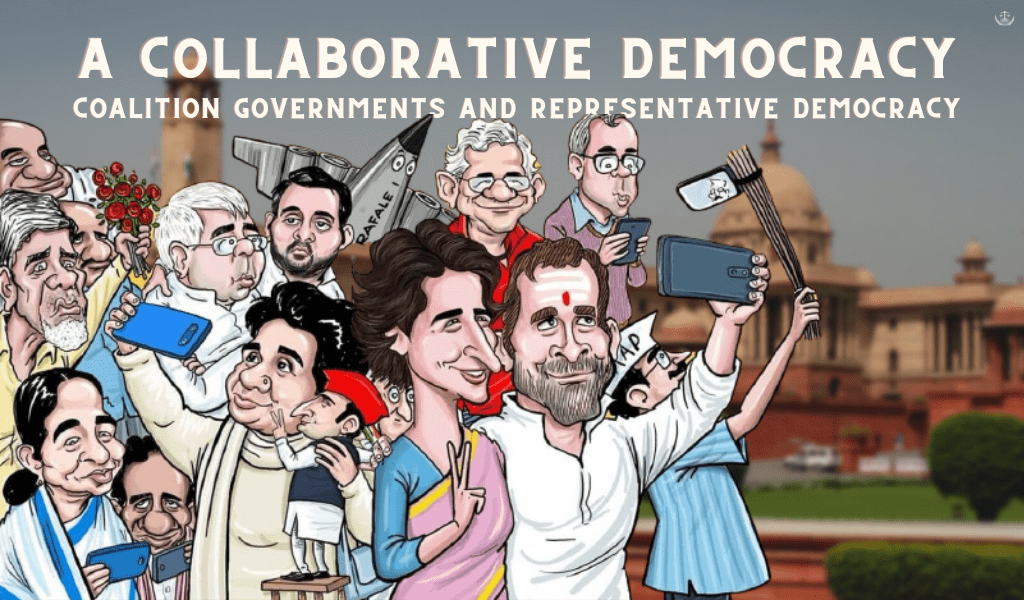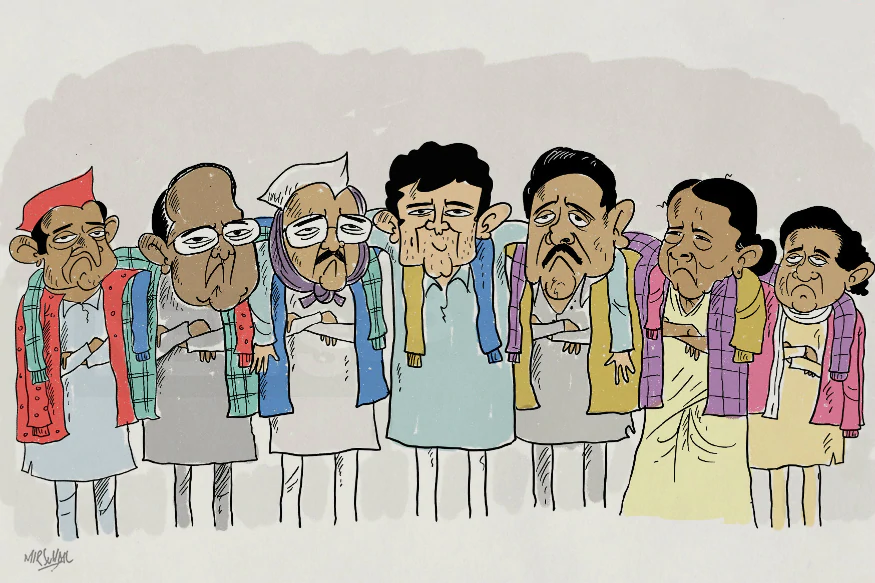
Democracy is the power of people; it is the device that measures how better people are governed. Democracy should not be about only politics, but also represent the best interests of the people. Representative democracy, also known as parliamentary democracy is a form of government in which people elect their representatives to introduce laws and policies. The formation of single-party democracy is the greatest threat to democracy itself. This belief is best embodied in healthy representative democracies where multiple parties are allowed to thrive and compete for the government of the country. This is the most followed form of democratic government globally and for good reason. Multi-party systems lead to coalition government, multiple political parties corporate together in the administration and regulation of the country.
Representative Democracy – Through History
The first western state with a representative form of government was the ancient Roman Republic. Despite the benefits of a representative system of democracy, it was slow to catch on owing to existing power struggles and the existing monarchial structure of the world at large during this time. Nearing modern years, important events such as the stripping of King Henry the III of his absolute powers of the monarchy and the ascension of common citizens into a structured form of governance paved the way for the popularization and adoption of the representative form of democracy as we know today.
Simon de Montfort is considered as one of the fathers of representative government. In 1258, de Montfort held a famous parliament that removed King Henry III of unlimited authority, 1265 was the second de Montfort parliament which included ordinary citizens. Another document that was of immense value to the adoption and realization of representative democracy as we know it was created in 1787 following the American Revolution, the Constitution of the United States of America. The US followed a system of representation nationally and in local electorates where people were allowed to vote for their preferred representative and elect them to a position of power. Since the American revolution of 1787, the number of countries that follow a form of representative democracy has nearly quadrupled.
Indian Coalition Government and the concept of Representative Democracy
Throughout its existence as a sovereign state, India has taken measures to ensure a parliamentary democracy both, at the State and in the Centre. Coalitions have a fond history in the Indian context. The first formal Indian government was a collaboration (coalition) between the larger parties of the Indian National Congress, the Muslim League, Hindu Mahasabha, the Republican Party of India, and a host of other minor parties. A coalition usually arises as a result of one of two scenarios; Firstly, no single party was able to secure a majority of seats to a house of the parliament during the elections. Secondly, in the event that an alliance with other parties would bolster the majority and assure a significant majority in the houses of parliament.
The growing role of regional parties and their participation in coalition governments at the centre has led to an informal situation of ‘refederalisation’ of Indian Democracy‘. In 1980, Sarkaria Commission was appointed by the Indian Government to study the center-state relationship at a time where regional parties were seizing local voters in their regional provinces and occupying governments in certain states. Regional parties such as; The Shiv-Sena of Maharashtra, Dravida Munnetra Kazhagam (DMK) in Tamil Nadu, Janata Dal (United), The Samajwadi Party of Uttar Pradesh, The Bahujan Samaj Party of Mayawati, The All India Anna Dravida Munnetra Kazhagam (AIADMK)of Tamil Nadu have all been part of previous coalitions with the earlier Congress governments of the current BJP leadership.
Coalition Government

In 1977 the Janata Party won the election, Shri. Morarji Desai became Prime Minister and formed the first non-congress government. However, The Janata Party was a combination of several parties and the government collapsed in 1979 when several parties in the Janata alliance opted out of the alliance. in 1989, The Janata Dal formed a National Front government with the external support of BJP and Left Parties which was headed by Shri. VP Singh. It too collapsed after Chandra Shekhar left the party. With the support of the Congress party, Chandra Shekar became the prime minister of India in 1990.
With the support of regional parties and Congress, Shri. Deva Gowda became the Prime Minister, later congress withdrew their support leading to the collapse of the government headed by Shri. Deva Gowda. In 1998 the BJP formed the National Democratic Alliance (NDA) with regional parties and form the government with Shri. AB Vajpayee as the Prime Minister, AIADMK withdrew its support from NDA and caused the collapse of the government. Like these governments before it, the current BJP led government with Shri. Narendra Modi as the prime minister is also a coalition of various parties to best represent the people of India.
Coalitions can be of different types Communal coalition, Secular coalition, Positive coalition, Negative coalition, An Express coalition & Tacit Coalition. CPI, CPI(M), Congress, RJD, SP, BSP, etc. are the parties that put forward the idea of a secular coalition. A Positive Coalition is a coalition formed with the intent to overthrow an erring government and replace it with a capable, new and stronger government. Negative coalitions are the opposite of this opting instead to simply overthrow the existing government forcing reelection.
Conclusion
Representative Democracy is a major part of democracy, currently, over 60% of the world follows a representative form of democracy. India is a parliamentary democracy where the concept of a coalition created fair and responsible governments in the past.
Coalition politics has been widening its roots in India for a long time. Regional parties are gaining ground with their respective states and gaining a significant amount of power at the centre. Despite the challenges to confidence due to differences of opinions, coalition governments in India have thus far stood the test of time and it can be said with reasonable conviction that they are well equipped to meet the challenges that lay ahead.